Diamond Terms
and
The Parts of a Diamond

Understanding diamond terms and the parts of a diamond can help you to shop wisely for this precious stone. Here you will find the different diamond facet types and definitions related to a finished diamond which appear on diamond certifications. Everything here also applies to lab created (synthetic) diamonds which have the exact same qualities as real diamonds.
And remember, if you have any questions which are not answered here - just use our handy comment box at the end of the page to send in your questions!
Below is the anatomy of a diamond - using the most popular brilliant cut diamond as an example.
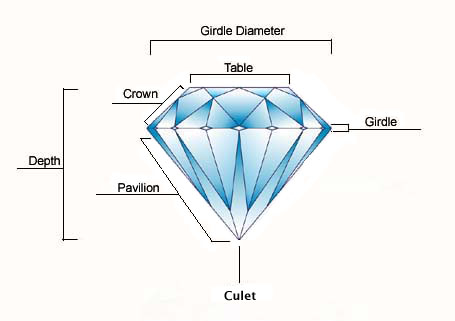
The Parts of a Diamond From Top to Bottom
Table
The table facet is the largest diamond facet. Located at the very top of the diamond, the table often contributes to a large percent of a diamond's brilliance and fire. Here is where light enters and exits the diamond - and once the light enters it reflects and refracts off the other facets.
In most diamond cuts, a larger table will increase brilliance but reduce fire. Diamond cuts with a large table facet - like the emerald cut - also carry more of their weight on top so you can get a bigger diamond for a lower price. However, diamonds with large table facets need to have excellent clarity values because inner inclusions in the diamonds will be readily seen.
Facet
A diamond facet is any smooth cut edge on a diamond. Cutting a diamond with symmetrical facets contributes to its brilliant and shine. Facets on diamond cuts include:
- The Table Facet on the top of the diamond.
- Star Facets - these facets connect to the table on the top of the diamond and create a star-shaped effect (particularly in brilliant cut diamonds).
- Kite Facets - also known as a bezel facet, the kite facet, named so because it is the shape of a kite, connects the girdle to the table facet.
- Girdle Facets - diamond girdle facets fill the space between any other facets connecting to the table. Facets can also be located on the girdle itself, and are generally very small.
- Pavilion Facets - these often elongated facets connect from the center girdle to the very bottom culet facet of a diamond.
- The Culet Facet - this is the very bottom facet of a diamond, and it is only located on diamonds which come to a pointed tip at the bottom. Many diamond cuts, including the emerald, princess and radiant cut, do not have a culet.
Crown
The crown of a diamond is the part of the diamond from the girdle up - including the table. Diamonds with a deep cut tend to have higher crowns whereas shallow cut diamonds have very small crowns.
Girdle
The girdle is the widest point of the diamond. Some girdles on diamond cuts are almost non-existent while others have tiny faceted edges that help to increase brilliance and fire. In premium diamonds, ideal girdle thickness is between very thin to thick. (Very thick to extremely thick girdles can affect the grade and quality of the diamond).
Pavilion
The pavilion of a diamond includes the lower portion of the diamond from the girdle down. Again, in some cuts the pavilion can be quite deep and in others it is very shallow.
More Diamond Terms
These diamond terms are found on most diamond certification reports from reputable and respected gemological laboratories, and they have a lot to do with the fire, brilliance and cut qualities of a diamond.
Depth
The depth of a diamond is the measurement of a diamond, in millimeters, from the table to the culet. This measurement is included on a diamond's certification report.
Girdle Diameter
A diamond's girdle diameter is the measurement of a diamond, in millimeters, of the widest point of the diamond. This measurement should also be included on a diamond certification report.
Symmetry
The symmetry of a diamond is the quality of its facets and how they are cut, shaped and arranged together. Diamond symmetry is often graded from Excellent to Very Good to Good and then to down to Fair, Poor, Very Poor and Extremely Poor. For first-rate diamonds, it is best to stick with diamonds that are rated Good and above on symmetry.
Polish
The polish of a diamond can affect its brilliance and fire. Polish is an assessment of the finished outer surface of the diamond. Are there polish lines, scratches, pits or nicks? A poor polish will affect not only the brilliance and fire of a diamond but its cut grade and value too. On a diamond certificate grade report, diamond polish is graded like symmetry from Excellent to Extremely Poor.
Finish
The finish of a diamond is the total assessment of its polish and symmetry qualities. This final assessment can have a big impact on the cut grade of a diamond, and it is one of the most important diamond terms which you will find on a diamond certification report.
Leakage
Any area of a diamond that absorbs light instead of reflecting the light back out is an area that has leakage. One of the main aspects of studying and calculating the best diamond cutting methods involves minimizing leakage - as diamonds with a low amount of leakage have a higher amount of fire and brilliance. Diamonds with poor cuts can display undesirable leakage qualities.
Bow-Tie Effect
A diamond bow-tie effect is a shadowy area which appears on a diamond when looking directly down at the diamond - and this shadowy area often resembles the shape of a bow-tie. Some types of fancy diamond cuts will exhibit a bow-tie effect, but excellent cuts will greatly minimize this effect while poor cuts will intensity the bow-tie. Fancy diamond cuts that have some type of bow-tie effect include pear, marquise, oval and heart cuts. But again, these types of fancy diamond cuts will have a very minimal bow-tie effect that might not even be noticeable at all if the cut grades on the diamonds are excellent.
Scintillation
The scintillation of a diamond is the sparkle that is seen when a diamond is in motion. Scintillation is a highly valued characteristic and is affected by the quality of the diamond's cut. Some types of diamond cuts too display a higher amount of scintillation. The cuts that generally exhibit the most scintillation include the brilliant round, the princess, the marquise, the Asscher and the radiant cut. Diamond cuts with a lower amount of scintillation include the emerald and the cushion cut.
There are two types of diamond scintillation: flash scintillation and fire scintillation.
Flash scintillation is the 'white sparkles' seen when a diamond is in movement and fire scintillation is the 'colored sparkles' that appear when a diamond is in movement.
Now that you are familiar with diamond terms, diamond anatomy and the parts of a diamond, check-out additional pages about diamonds and Diamond Wedding Rings on Everything Wedding Rings to find info about Diamond Certification, Diamond Appraisal and more!
Questions or Comments about Diamond Terms?
Questions or comments about diamond terms and anatomy?
Send in your questions and comments here - I will post answers to your questions as soon as possible!
Return from Diamond Terms and Parts of a Diamond to Diamond Wedding Rings
or
Return to Everything Wedding Rings Home
Recommended & Trusted Jewelers
Our Advertisement Policy
Adin Fine Antique Jewelry
Use Code=Everything-Wedding-Rings
For a 5% Discount
Top Loose Diamond and
Diamond Wedding Ring Picks!
Find Rare Natural Colored Loose Diamonds
at Blue Nile
Bezel Set Emerald Diamond Men's Wedding/Engagement Ring in Platinum
by Brilliant Earth
Find Lab Created Loose and Color Diamonds plus Lab Created Wedding Rings at Clean Origin. Above, the 'MoonBeam' Platinum Diamond Set and Below an Example of Synthetic Color Diamonds
Vintage Style 'Toi et Moi' Diamond Ring in Platinum by Brilliant Earth
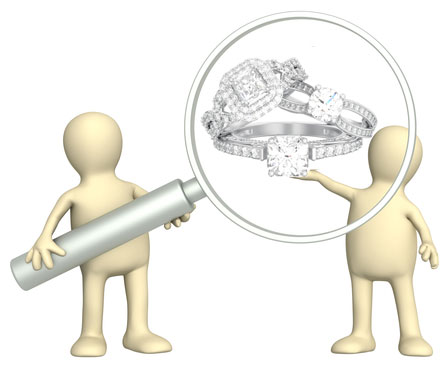




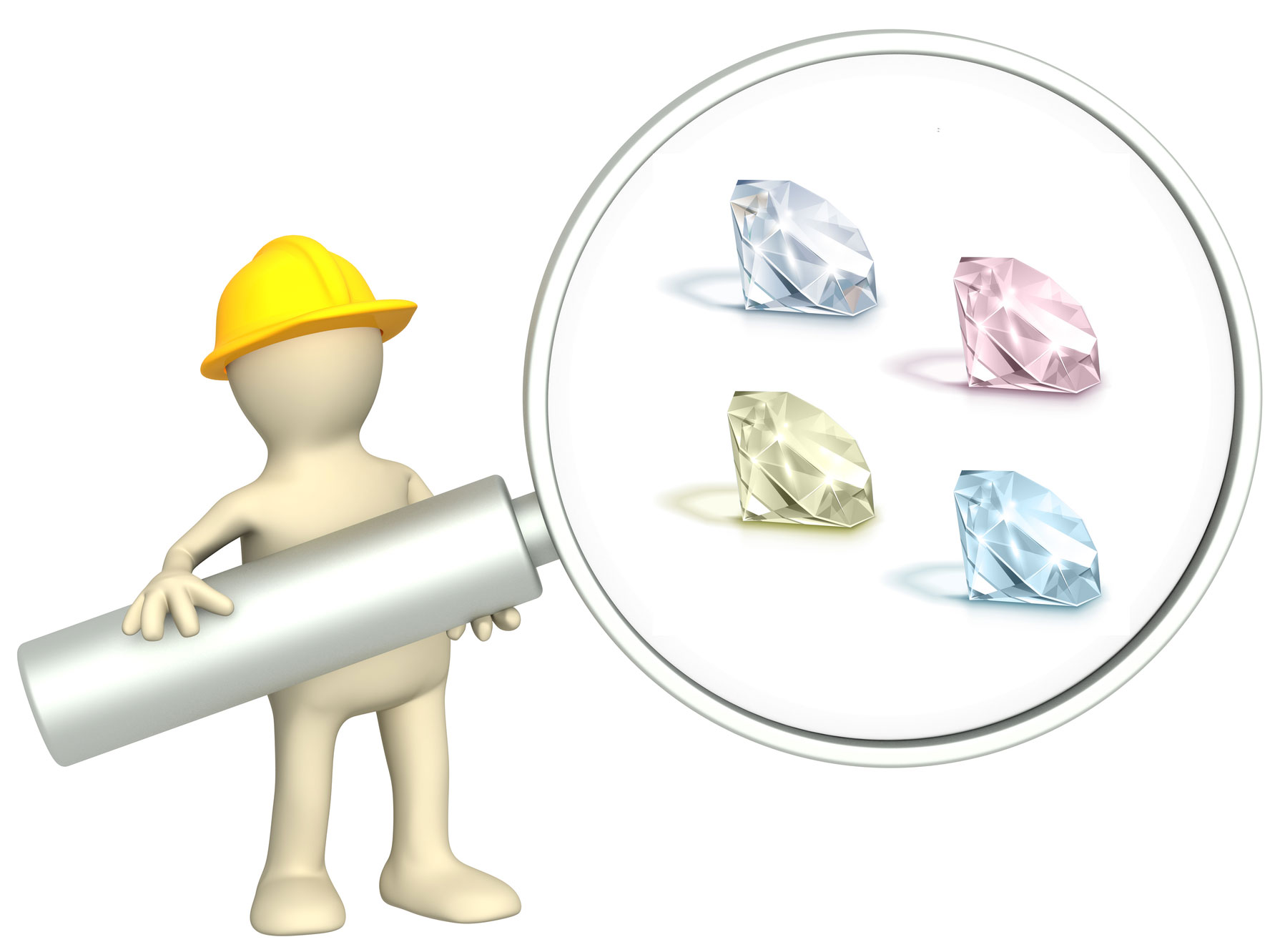
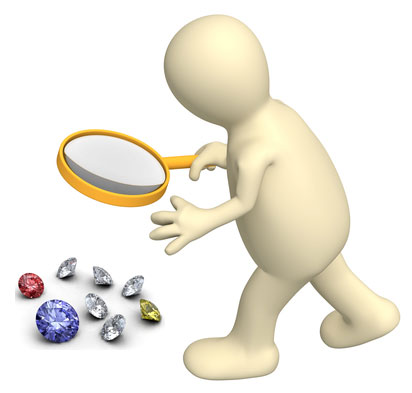
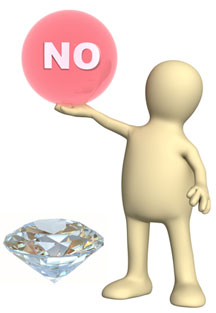

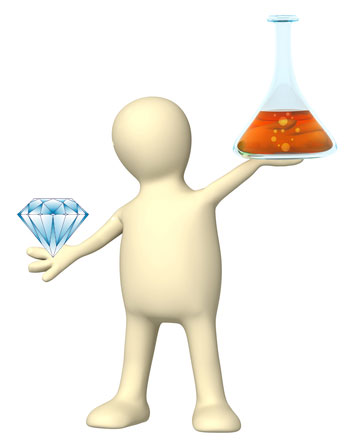





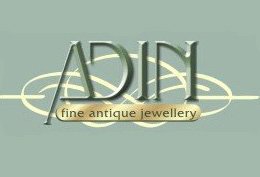
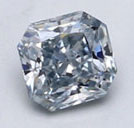
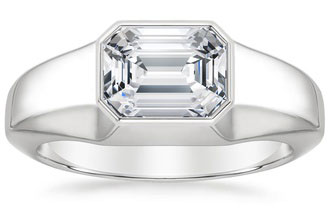
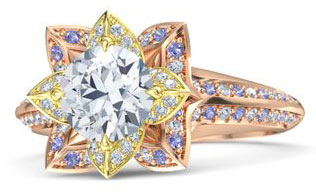
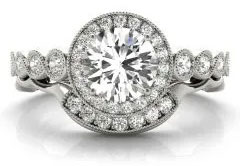
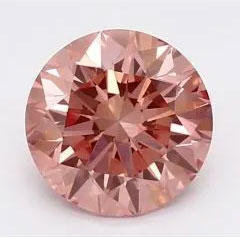
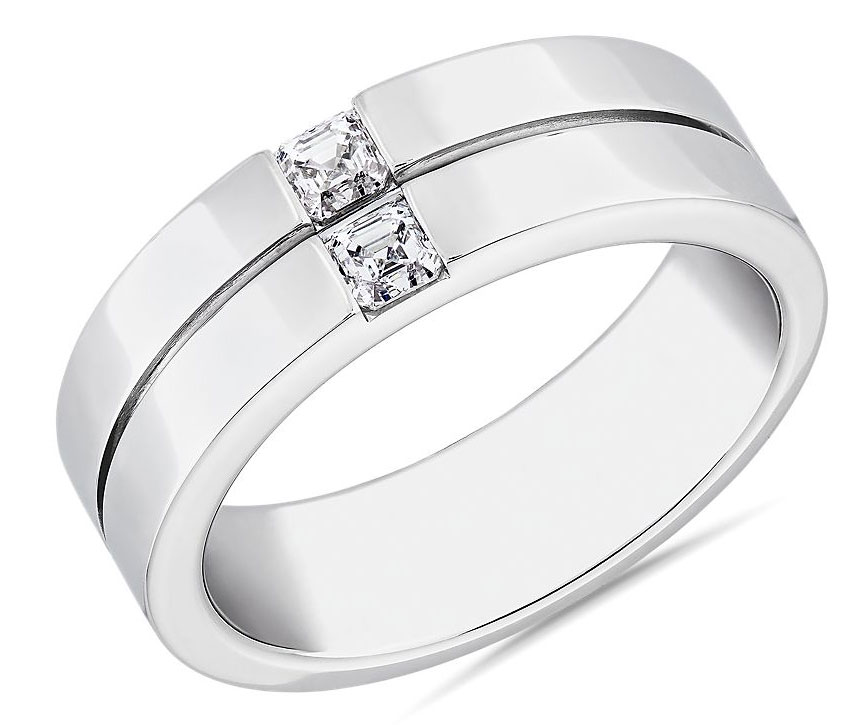
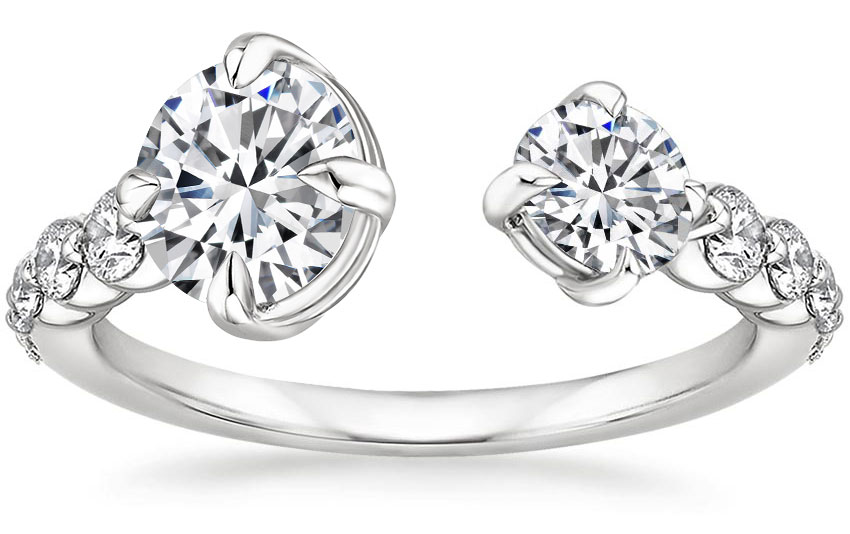

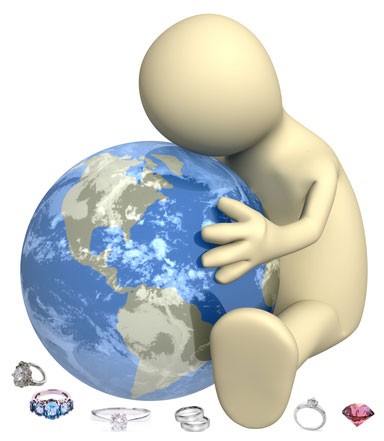

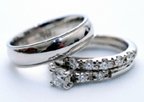

New! Comments
Share your comments below!